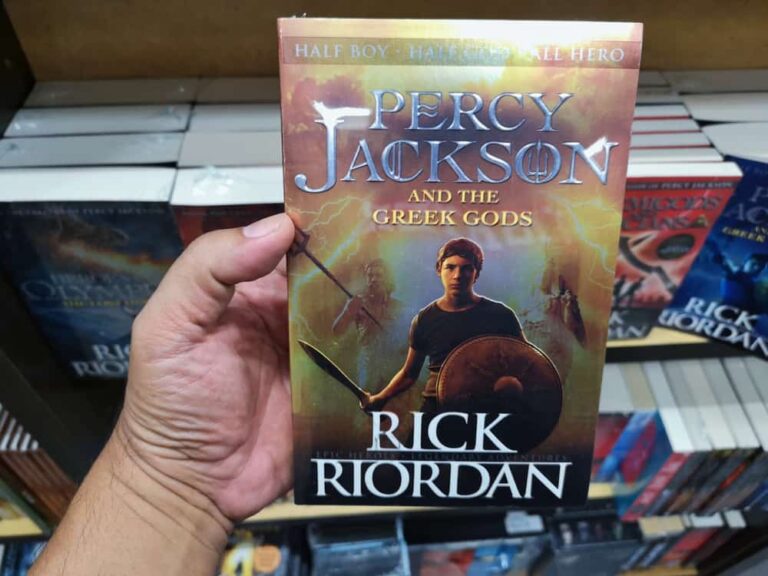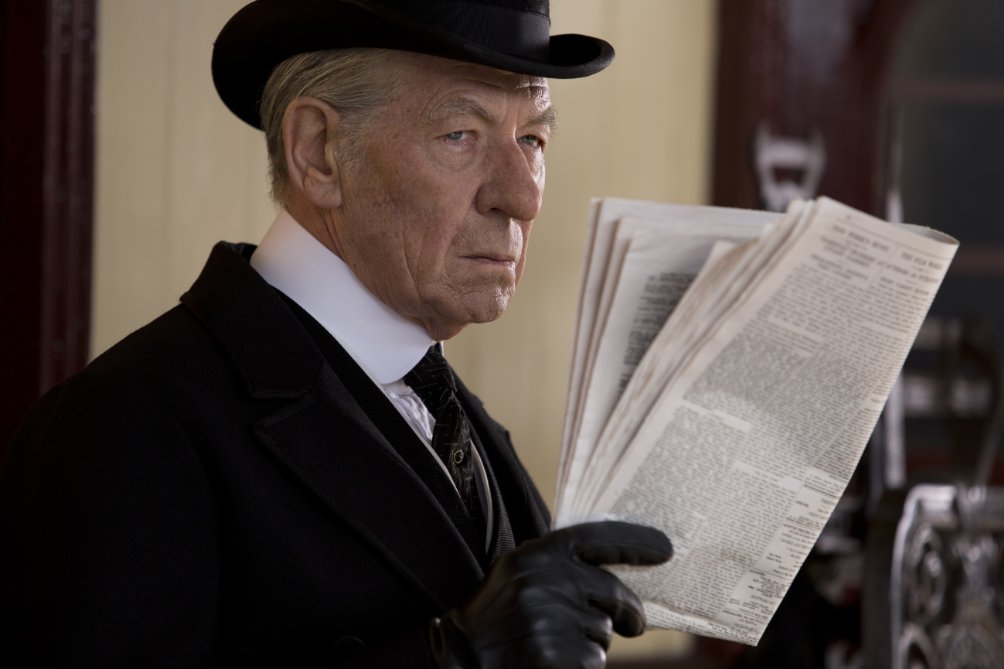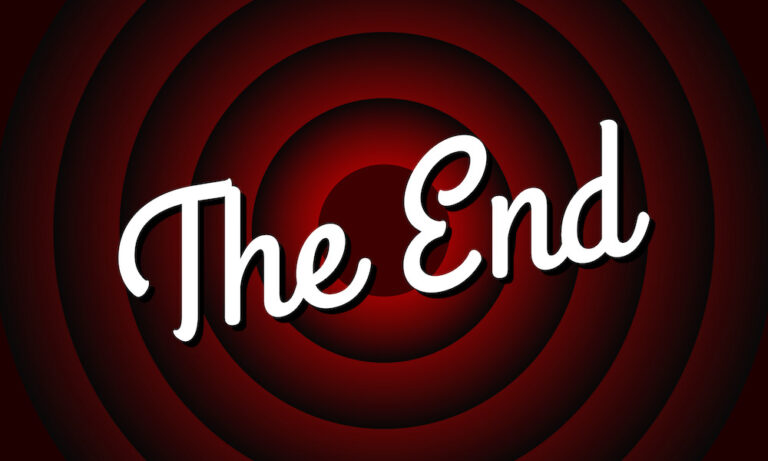Musically speaking, Hellraiser begins like a fairytale. Glassy bell percussion provide an enchanted introduction before composer Christopher Young’s main titles layer in tragic string figures. Blaring low brass blast a tainted pessimism, harkening back like the prelude to some age old fable as piano moves in grand, darkened fashion. Like a spell cast over the audience, the opening passages of Hellraiser are hugely operatic, large enough to swallow the listener whole. It’s a romantic and unconventional way of beginning a late-80s horror movie. The music distresses and reassures us at the same time, a soaring embrace of the good and the very, very bad.
This twisted yin and yang is Clive Barker’s film in a nutshell. In 1987, Barker got behind the camera to adapt his 1986 novella The Hellbound Heart, where ghoulish leather-clad demons called Cenobites (led by Doug Bradley’s iconic Pinhead) tear apart the flesh of those curious enough to explore the bizarre curiosities of their sadomasochistic contraption, “the box.” The Cenobites operate somewhere between the extremes of morality, thriving on the pleasures of the extreme pain inflicted on their victims.
Like its themes, Hellraiser‘s music is also stuck between stations, a horror score that’s neither classically Hollywood in its construction nor a precursor to the grubby, atonality of modern horror scores. From the outset, the music functions as fantasy. “Resurrection” frolics to a warped waltz, soaring skyward as a grand piano and harp, concerto style, echo Young’s magical string passages. And they really echo. It’s one thing to conjure fantastical soundscapes for a movie in which inter-dimensional beings threaten to destroy their victims’ souls. It’s another to treat a scoring session like a night at the opera house, where sounds bounce off imaginary walls. That grand piano echoes throughout “Hellbound Heart” and “Reunion,” too. This is meant to sound like a concert, with post-production touches as performative as the Cenobites’ elaborate torture devices and as raw as self-destructive love affairs.
Christopher Young understood the Cenobites’ mission of an “experience beyond limits,” unlike his predecessors. English avant-gardists Coil were Clive Barker’s original choice to compose the film’s music, but Barker was left unsatisfied with their efforts. In retrospect, their jittery, shuddering titles are serviceable but hold up nearly as well. Young and Barker’s collaboration on the other hand, is a sublime blend of direction and composition, with a keen grasp of sound mixing and musical storytelling in an otherwise poorly-defined urban setting. The bipolar music box qualities of “Seduction and Pursuit” and the back alley ambience of “The Cenobites” are essential to conjoin hisses and whispers in the sound mix with Young’s otherwise fantastical cues. The hushed tones distill Young’s hot-and-cold approach, a both devious and intimate touch to what might function as a cheap scare in lesser hands.
Young continues his main theme in unlikely place. “The Lament Configuration” is undoubtedly the most bizarre, retaining the melody through screeching metallic sounds and the clatter of bells. In a film with such liberal cross-cutting, cuts across time and location, the music mummifies its messy construction, petrifying and preserving themes of love and lust with a timelessness unmatched by its vague, Reagan-era metropolis.






